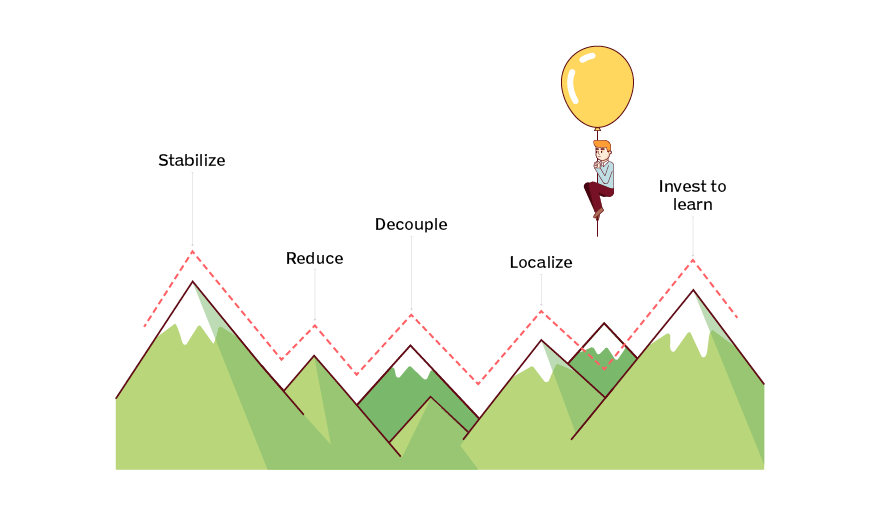Organize your team with an Agile scaling frameworks comparison
Designers of Agile scaling frameworks like Scaled Agile Framework (SAFe) and Large Scale Scrum often gear them toward a particular end state. The Basecamp approach zeroes in instead on the steps required to achieve an Agile transformation. LeadingAgile, the company behind Basecamp, uses the metaphor of stations that climbers reach on their ascent to a summit. The five basecamps to develop Agile maturity include:
- stabilize the system;
- reduce the batch size;
- decouple dependencies;
- localize investment decisions; and
- invest to learn.
Within each basecamp, teams form expeditions, which are groups of Agile teams that go on the Basecamp journey together. This setup is similar to SAFe's release train.
The mantra for Basecamp adopters is to form teams, build backlogs and measure and control work.
Basecamp pros and cons
LeadingAgile recommends that organizations identify the structural, procedural and cultural barriers to Agile transformation. The Basecamp model lays out a clear business value associated with Agile adoption, with ROI and a roadmap to success that the organization can design and chart upfront.
On the negative side, the Basecamp model doesn't offer much detailed public material to assess the approach. Information is abstract, as opposed to providing specific guidance on tasks, such as how to stabilize a system. There's also a philosophical disconnect between the iterative, continuous concepts in Agile and a roadmap laid out as a Gantt chart.







